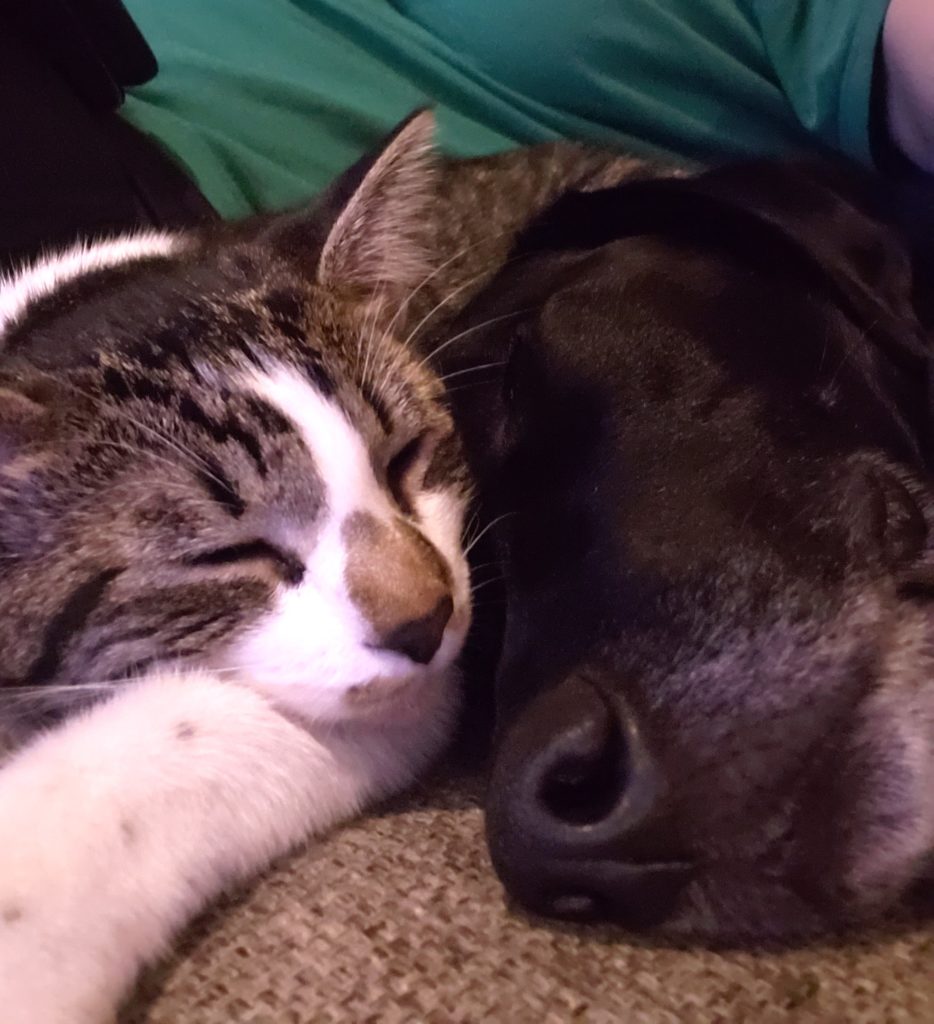Food allergies are a fairly common occurrence in cats and dogs. An allergy can make itself known in several different ways. It can present in the form of chronic vomiting, diarrhea, or chronically itchy skin with repeated skin or ear infections. Repeatedly impacted anal glands (the reason dogs scoot across the floor) can be related to a food allergy as well. Obviously there are many other reasons cats and dogs can have these symptoms, and it is important to work with your veterinarian to rule those out. Once you arrive at the possibility of a food allergy, following instructions explicitly is key!
Food allergies are primarily due to a protein in the diet. This means the majority of food allergies are to beef or chicken, the most common proteins used in pet foods. There are rare instances of allergies to wheat proteins, but they are few and far between. So naturally to rule out a food allergy, we have to eliminate the protein that is causing the issue. Some people have success just switching to another food at the pet store that has a different protein in it. However most of these foods are produced in the same factories as foods with more common proteins and there is often cross-contamination. If you don’t see improvement with a different food from the store, it doesn’t rule out a food allergy completely.

The best way to look for a food allergy is with a prescription hydrolyzed diet. A hydrolyzed diet is one where the proteins have been broken down until they are too small for the immune system to worry about. You would transition your pet to a hydrolyzed diet over the course of 3-5 days, as you normally would when changing foods to avoid stomach upset. Once your pet has switched over, he should get nothing by mouth other than the hydrolyzed diet. This means no treats, no table food, no rawhide chews or bones, or even flavored medications. It can take several weeks for the body to rid itself of the inflammation built up from the food. By feeding a hydrolyzed diet, you are avoiding the introduction of proteins that can cause inflammation. Giving them anything else by mouth can stimulate that inflammation and undo any progress you have made with the prescription food.
If, after 8-12 weeks on hydrolyzed food, your pet shows improvement, a challenge can be done by reintroducing the food your pet had been eating. If the symptoms start again, then you know you have a food allergy. The purpose of this step is to rule out other factors (such as environmental allergens, e.g. pollen) that could have coincidentally gone away at the same time as the food trial. Once you’ve established that there is a food allergy, the next step is to find out which proteins are problematic. Your pet would go back on the hydrolyzed diet, and once their symptoms were gone, you would introduce one protein source at a time (for instance adding some plain chicken breast to the food for a few days). This can be a long process, but definitely worth it to avoid repeated infections and trips to the vet.
